All the answers to your questions
FAQ - Frequently Asked Questions

HRV Simulation is a company specializing in the development of tools focused on the prevention of musculoskeletal disorders (MSDs) in all sectors of activity.
Founded in 2013 and based in Laval, we market our solution nationally and internationally, aiming to support preventionists concerned with MSD risk prevention through Nawo Live.
We are committed to developing and perfecting reliable measurement technologies, backed by scientific evidence and easy to use, to ensure optimum effectiveness.
Need to contact us? Nothing could be simpler:
Send us an e-mail to the following address: contact@nawo-solution.com or fill in the form at the bottom of the page.
Vous pouvez aussi nous appeler du lundi au vendredi de 9h à 12h et de 14h à 18h au numéro : 02 44 47 23 20.

Nawo Live is the biomechanical risk assessment solution for musculoskeletal disorders.
The aim of this approach is to safeguard the health and well-being of employees, while improving their performance at work.
Simply assess operator movements using a video stream, either from a smartphone or directly from the Nawo Live software.
To track your operators’ movements directly from your smartphone, you can use either an Android device or an Apple iPhone.
Nawo Live does not require an Internet connection to operate. It is installed locally on your own machine.
Data is protected by our teams. No cloud service is involved in the process of storing your data.They are stored locally on your device, in accordance with your company’s security guidelines.
Software updates are included in the cost of the annual license. Whenever a new update is available, our team will contact you to provide further information and personalized assistance, if required.
A newsletter will keep you informed of the latest Nawo product news.
A sales engineer will be on hand to offer you personalized assistance should you need it. Our support service is also available Monday to Friday, 9am to 12pm and 2pm to 6pm, to give you all the help you need.

Ergonomics is the study and design of products, environments and systems so that they are adapted to the needs, abilities and preferences of users, in order to improve their performance, safety and health.
There are various disciplines within ergonomics:
An occupational disease is a condition or illness directly linked to exposure to specific risks in the workplace.
It is generally recognized as resulting from a person’s professional activity, and may give entitlement to compensation or benefits under social security legislation.
The most common are listed in the table of occupational diseases. They are also available from the CPAM (Caisse Primaire d’Assurance Maladie) for salaried employees.
Musculoskeletal disorders (MSDs) are conditions affecting joints, muscles, tendons, nerves, blood vessels and cartilage. These conditions are often the result of multiple workplace factors. MSDs are the leading cause of occupational disease reporting, both in France and in other industrialized countries.
Among the parts of the body most frequently affected by MSDs are the upper limbs, where conditions such as tendonitis of the hands, carpal tunnel syndrome of the wrists, epitrochleitis of the elbows, tendonitis of the supraspinatus of the shoulders, and lumbago of the back.
These conditions are caused by a combination of several types of risk:
Musculoskeletal disorders (MSDs) have a predominant impact in eight sectors of activity, namely :

Musculoskeletal disorders (MSDs) result from a complex combination of factors affecting operators. These factors include:
Companies in a variety of sectors are faced with problems such as employees complaining of pain, frequent absences, and reduced productivity, all attributable to musculoskeletal disorders (MSDs).
They are the leading cause of illness in France, with 87% of occupational diseases recognized as MSDs, causing pain, functional limitations and sometimes even disability.
Workers also face progressive exclusion from the world of work. 45% of MSDs result in permanent disability.
Companies suffer numerous repercussions. One of the most significant is absenteeism. This translates into reduced productivity, impaired product or service quality, lower customer satisfaction, disorganization within teams, and a deterioration in the working atmosphere.
MSDs also have significant financial consequences, generating direct and indirect costs, as well as intangible losses.
Finally, MSDs translate into a direct cost for companies amounting to nearly two billion euros in 2017.
According to ISEOR, hidden costs, whether strategic or indirect, are estimated to be between 10 and 30 times higher than direct costs, equivalent to a range from 6,800 euros to 11,200 euros.
By way of example, the CPAM provides data on the average costs to a company for :
The Rapid Upper Limb Assessment “RULA” method is a postural risk assessment approach for the upper limbs: Trunk, Neck, Shoulder, Elbow, Wrist.
This method is specifically designed to quantify the risks associated with biomechanics, including uncomfortable positions, repetitive movements and physical exertion.
The RULA grid enables preventionists to highlight the risks associated with the tasks observed within the work cycle, and to generate a risk “score”.
Find out everything you need to know about the RULA method right here: Discover RULA method
Point of information: The RULA method is available as a downloadable grid in pdf format on this page.
The Rapid Entire Body Assessment “REBA” method is a biomechanical approach to assessing postural risk at the level of the entire body: trunk, neck, legs, shoulders, elbows and wrists.
It quantifies these risks based on postures, movement repetition and physical effort. The scores obtained help assess the biomechanical load on workers by analyzing their whole body.
Find out everything you need to know about the REBA method right here: Discover REBA method
Info point: The REBA method is available as a downloadable grid in pdf format on this page.
The NIOSH equation is a calculation used to determine whether or not carrying a load poses a risk to an operator. It establishes the maximum permissible load an operator can lift during activities such as load carrying, manual handling without moving, or lifting.
This method is used to assess whether the tasks performed by an employee, usually standing and using two hands, can lead to musculoskeletal disorders, particularly of the back, such as low back pain.
The NIOSH equation also takes into account the postures adopted, the frequency and duration of the activity to determine the maximum permissible load. Several factors, such as the height and depth of the grip and pose, the distance between grip and pose, frequency of movement, trunk torsion, as well as grip quality, can influence the reduction of the recommended load weight.
Find out all you need to know about the NIOSH equation right here: Discover NIOSH equation
Point of information: The NIOSH equation is available as a downloadable pdf file on this page.

Implementing a preventive approach and collaborating with health and safety specialists represents a long-term investment in employees’ physical well-being and the company’s performance.
The benefits are manifold, including improved working conditions, enhanced corporate performance and competitiveness, as well as employee development and renewed commitment.
The MSD prevention approach is based on 3 fundamental principles:
The MSD prevention approach is based primarily on the intervention phase, which comprises 4 key stages:
Preventing musculoskeletal disorders (MSDs) is a shared responsibility involving all players in a company. Employers play a central role in identifying and mitigating risks, and collaborate with health and safety committees, occupational health services, ergonomists, trade unions and regulatory authorities.
This cooperation is essential to create a safe and ergonomic working environment. Close collaboration between these players helps to effectively prevent MSDs and improve the occupational health and safety of all company employees.
In accordance with Article L. 4121-1 of the French Labor Code, employers have a general obligation to protect the physical and mental health of their employees.
Article L. 4121-2 of the French Labor Code stipulates that the employer must “adapt work to the individual, in particular with regard to the design of workstations and the choice of work equipment and work and production methods, with a view to limiting monotonous work and work at a fixed pace, and reducing their effects on health”.
Employers are required to implement preventive measures aimed at reducing their employees’ exposure to the risk of musculoskeletal disorders (MSDs).
Each company identifies these risks in its risk assessment document, a legal obligation for employers since the decree of November 5, 2001.
In accordance with article R4121-2 of the French Labor Code, this document must be updated annually, except for companies with fewer than eleven employees. Risk assessment is essential for the prevention of MSDs.

Manual handling, as defined by article R. 4541-2 of the French Labor Code, encompasses any action related to moving or holding a load, involving the use of physical force by one or more workers, whether to lift, set down, push, pull, carry or move a load.
Occupational health focuses on preserving the physical and mental well-being of workers in their working environment. This includes the prevention of accidents and occupational illnesses, and the promotion of safe and healthy working conditions.
It is based on principles such as MSD prevention, RPS prevention, training, risk assessment, and is regulated by laws designed to protect workers’ rights.
By ensuring a safe and healthy working environment, occupational health contributes to the individual well-being of employees, while promoting productivity and overall company performance.
Quality of working life (QWL) has become an essential strategic lever for companies.
It refers to the various programs and strategies put in place by companies to improve working conditions and safety, and guarantee an appropriate balance between professional and personal life.
QWL is based on both individual and collective actions aimed at improving..:
Workstation mapping enables :
This approach makes it possible to manage a global approach to improving working conditions.

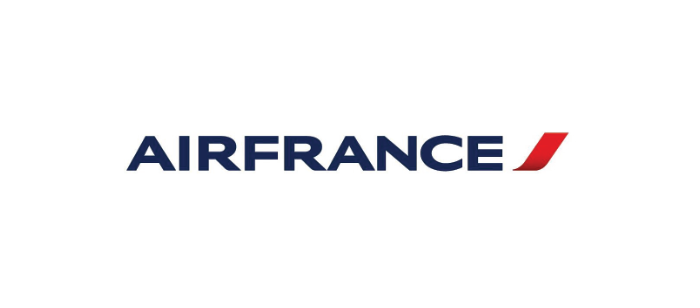
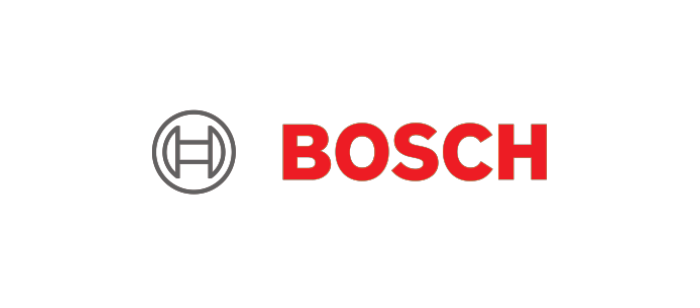
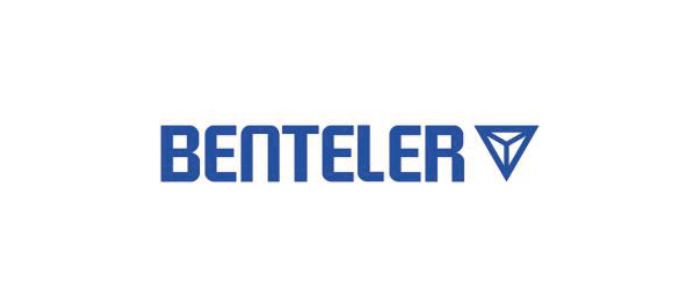

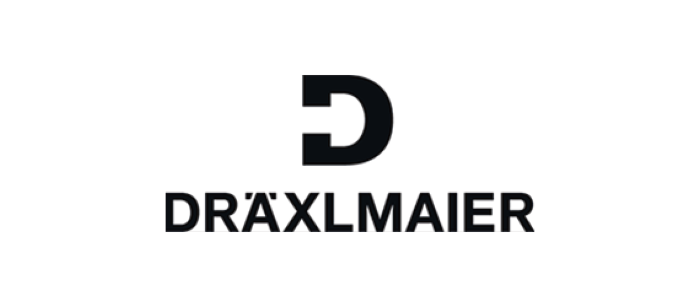

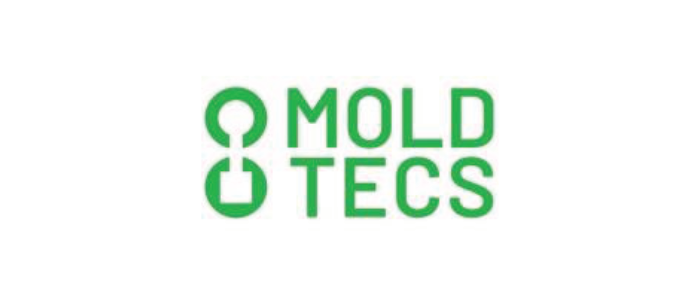

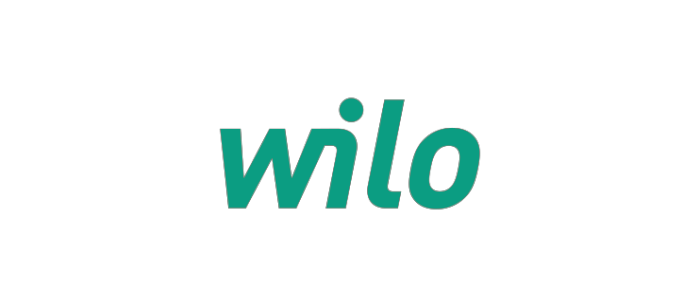

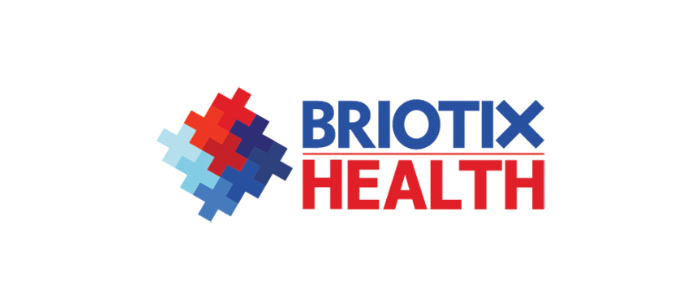

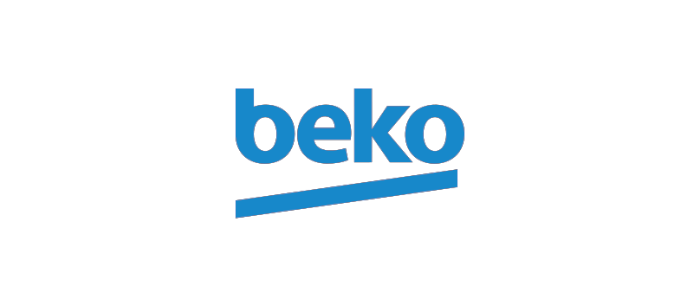

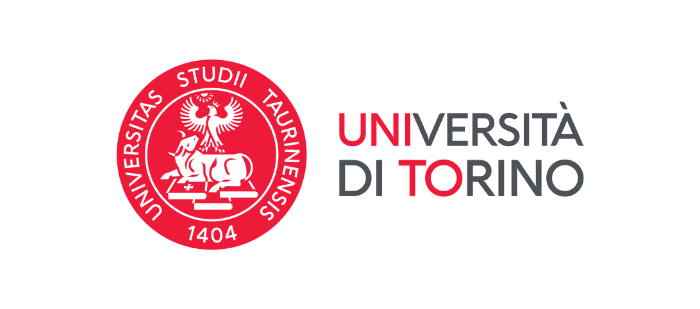
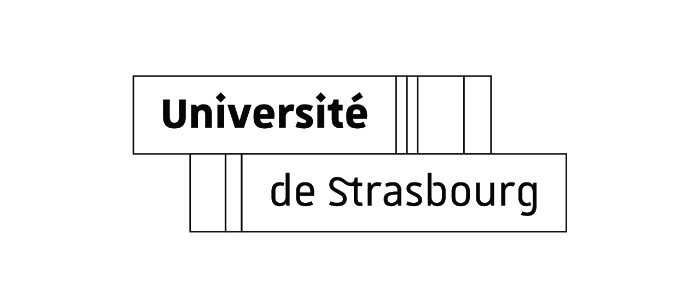
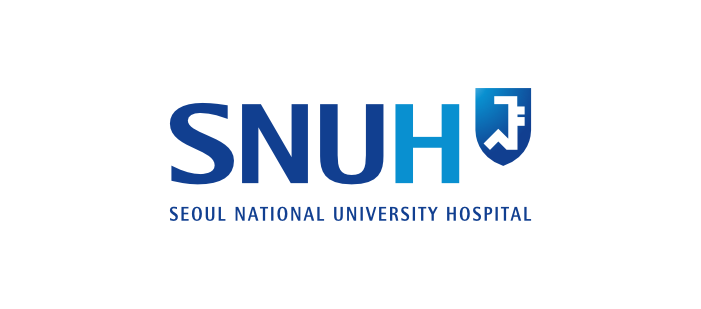



Didn't we answer your question?
Get an answer by posting your question here:
Simply use Nawo Live to carry out your ergonomic analyses in a simple and automated way.